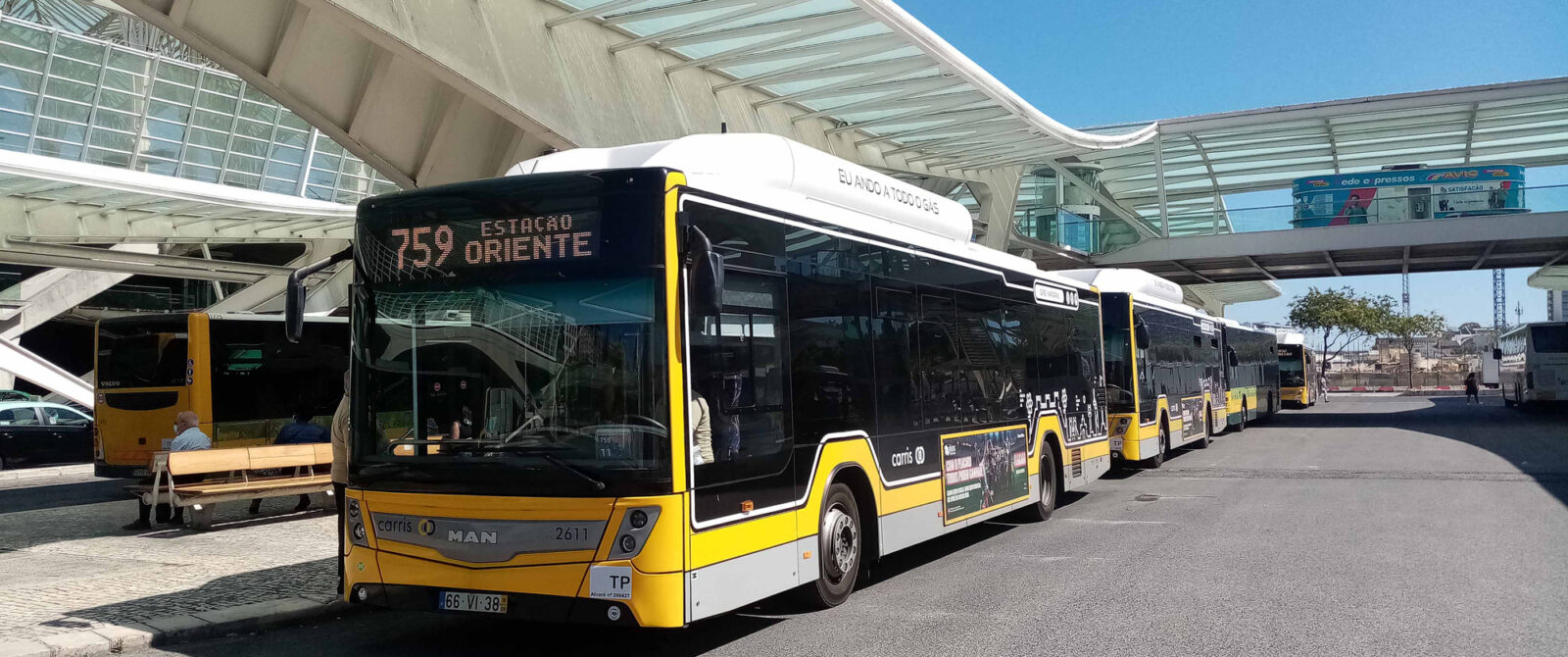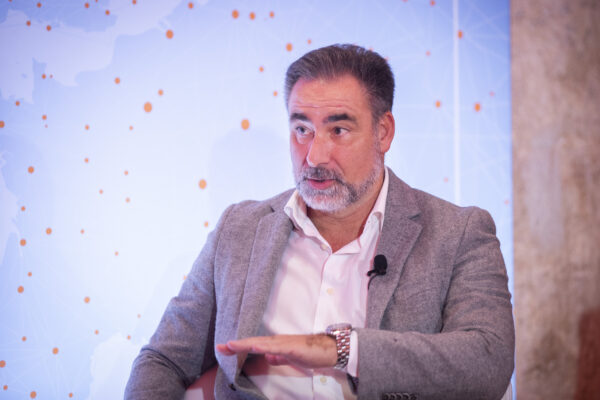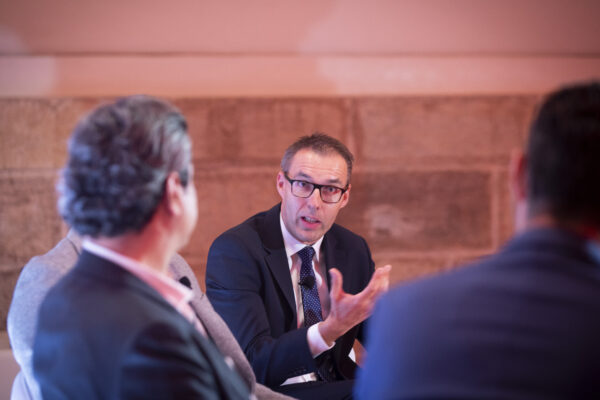Is it possible to decarbonise city buses in Portugal?
Yes, and faster than you might think. It is costly – around 2.6 billion euros over 14 years, according to the "CleanBusPT" study – but not doing so will cost us much more dearly.
It’s always worth reiterating that the transport sector is responsible for around a third (25%) of greenhouse gas emissions. The biggest polluters include public transport, particularly city buses, which damage the quality of our air and jeopardise European Union member states’ commitment to achieve carbon neutrality by 2050. Will Portugal be able to meet these targets? The “CleanBusPT” study, promoted by the Mestre Casais Foundation which specialises in areas of human and environmental sustainability, states that not only is it possible to decarbonise public city transport — namely buses — but also that emissions could be reduced to zero from 2035.
The starting point for the study was the question “Is it possible to decarbonise public road transport in Portuguese cities within an acceptable timeframe and cost?” The conclusion drawn was that replacing existing city buses with hydrogen and electric battery-powered models could take 14 years and cost 2.6 billion euros. This total amount is not the actual cost since half would be spent anyway on overhauling the fleet. This means that the cost of decarbonisation in real terms would be 1.3 billion euros. It should be noted that the current fleet consists of 5,633 buses with an average age of 15.9 years, with 24% of those on the road being older than 21.
The broader goal involves replacing all diesel and gas vehicles with electric buses. Articulated vehicles built to carry more than 105 passengers are earmarked to be replaced with hydrogen vehicles. At the unveiling of the conclusions, José Gomes Mendes, the former Under Secretary of State and Secretary of State for Mobility, and one of the authors of the study, argued that the State could contribute 770 million, corresponding to 65% of this slice. He added “These costs can be borne by the Portuguese State and by operators.”
The study suggests a vehicle scrappage and modernisation programme according to age, which would bring down the average age of vehicles in circulation by at least 4.3 years in 2026, and 9.9 years in 2034. The 5,633 buses would be replaced by 4,675 electric battery-powered vehicles (83% of the total) and 958 hydrogen fuel cell vehicles. Around 68% of replacements would take place in the first five years, with an immediate effect in terms of emissions. It is estimated that after the first five years of investment, annual CO2 emissions would be cut by 87%, nitrogen oxide by 97% and particulate matter by 99%. Within a period of 14 years, greenhouse gas emissions would be down to nil.
According to officials, these results will only be achieved if we act now and implement a series of measures. Government and policy-makers have therefore been given eleven recommendations to meet these targets. These recommendations include banning the sale of new automobiles with internal combustion engines from 2023. They admit that this is the most radical of all the recommendations but a necessary one. José Gomes Mendes concludes, “Taking steps towards decarbonisation isn’t a Government idea, it’s something that is necessary for the country and for all of us. It doesn’t make sense to set out a pathway to eliminate internal combustion vehicles while simultaneously allowing new ones onto the roads, especially as we would then have to let them live out their lifespan. Furthermore, we already have a mature electric car production industry in Portugal.”











